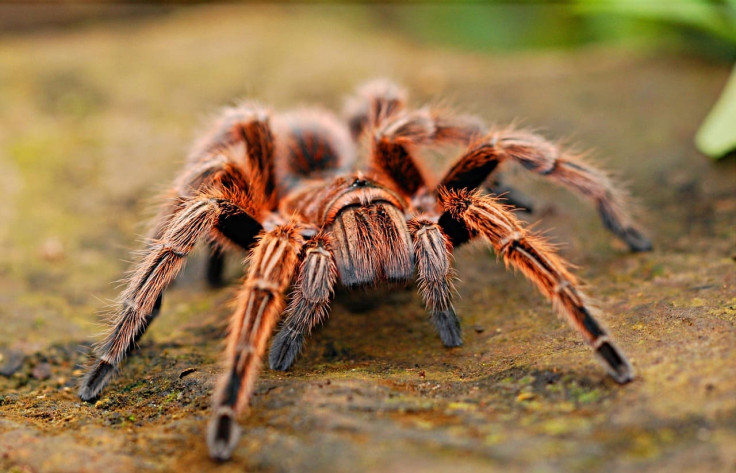Tarantula Invasion? US States Brace for Thousands as Mating Season Begins — Is Your Area Next?
As tarantula mating season begins, experts warn of a surge in sightings across US states—find out where, when, and what to do if you spot one

As summer heat gives way to cool autumn, tens of thousands of male tarantulas are emerging from burrows across the American Southwest and West, driven by the instinct to mate.
This annual phenomenon, sometimes referred to as a 'mate‑gration' rather than migration, is currently underway in Texas, followed by parts of California, Colorado, New Mexico, Arizona, Kansas, Oklahoma, and potentially Oregon or Nevada.
Why the Surge? Science Explains the Phenomenon
The mass movement is linked to seasonal cues: high temperatures and recent rainfall prompt male tarantulas to emerge in search of receptive females.
Females typically remain near their burrows permanently while males roam far and wide, often up to a mile, to locate potential mates after detecting pheromones.
Experts such as Lauren Davidson, Associate Curator of Entomology at the Houston Museum of Natural Science, note that the event occurs each year between June and October, depending on locale. However, visibility near cities is rare due to the arachnids' nocturnal habits and remote habitats.
States on High Alert: Where Tarantulas May Appear
The focus for sightings this year includes:
- Texas, particularly South Texas and the Austin grassland zones, is already in the full swing of mating season.
- Colorado, where La Junta town promotes tarantula-trek tours during September and October near the Comanche National Grassland.
- California, New Mexico, Kansas, Oklahoma, Arizona, and parts of Nevada and Oregon are expected to see rising activity in the weeks to come.
Are You at Risk? Keep Calm—but Watch Your Step

Despite rising concerns, experts emphasise that these spiders are harmless primarily to humans. Most are docile males, rarely aggressive and with venom about as potent as a bee sting. However, they can flick barbed hairs from their abdomens that may cause skin irritation or eye discomfort.
These hairs can be flicked from the spider's rear feet, and although bites are rare, they have been described as unpleasant but not dangerous in healthy individuals. Additionally, some species can jump up to two feet and climb bushes or trees if startled.
Ecosystem Impact and Conservation Value
Far from being pests, tarantulas play a vital role in local ecosystems. They help regulate insect populations, aerate the soil, and provide habitat or food for predators like hawks, snakes, coyotes, and the often lethal tarantula hawk wasp.
Local communities, particularly La Junta, Colorado, have embraced the event as an eco‑tourism spectacle, hosting annual festivals and evening guided tours. Authorities coordinate visitor routes and offer educational sessions to promote respectful observation while reducing roadkill incidents among the spider population.
How to Stay Safe—and Spider‑Wise
- Avoid handling tarantulas, especially males on their mating trek. They may release irritating hairs or bite if provoked.
- Observe from a distance, preferably during dusk or at night when they're most active but still visible.
- Use caution when pulling off roads in rural areas with grasslands near voting precincts. Ensure safe visibility and space for cars and wildlife.
- Leave them be: these spiders are timid and will typically retreat when approached.
With weather patterns aligning, notably heat plus rising humidity, the South and West are entering the peak mating phase.
As this migration progresses, spotting increases. While dramatic footage may circulate online, experts reassure that the risk is low and the event is fascinating, not frightening.
© Copyright IBTimes 2025. All rights reserved.


















